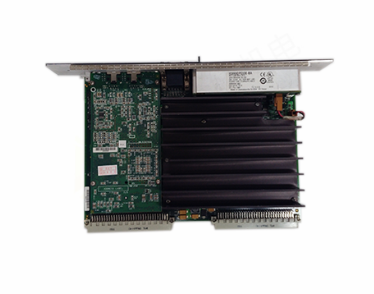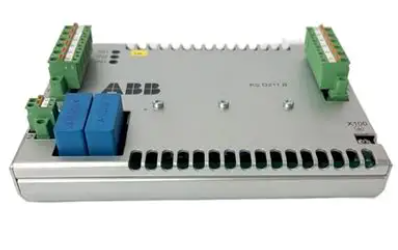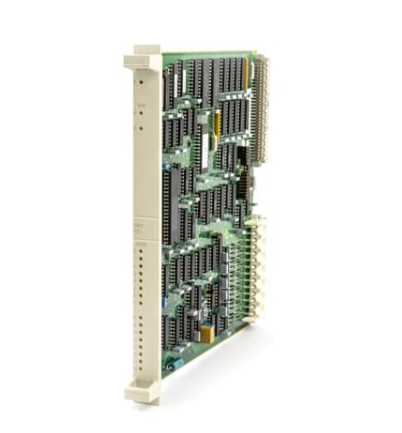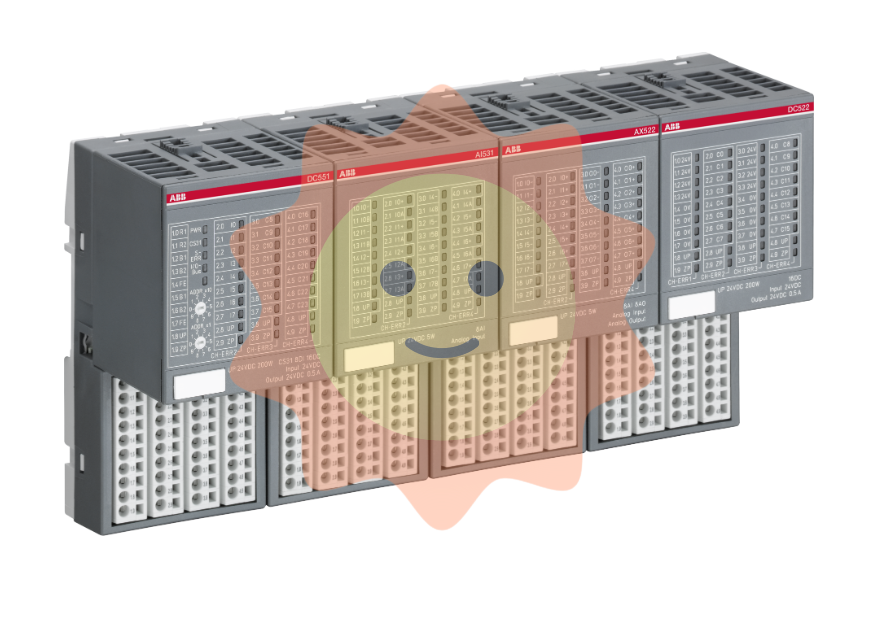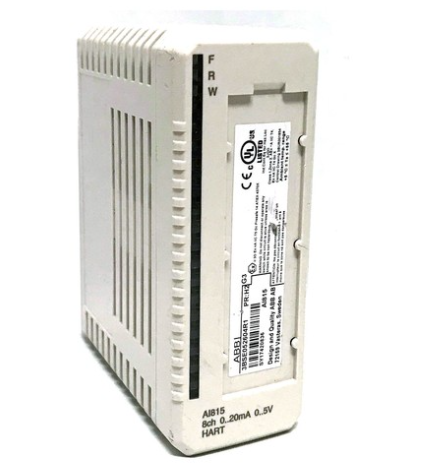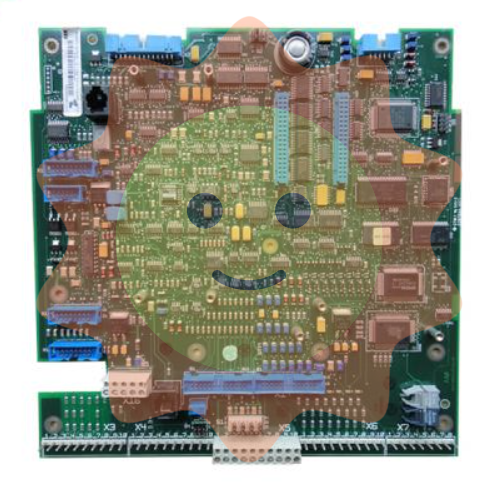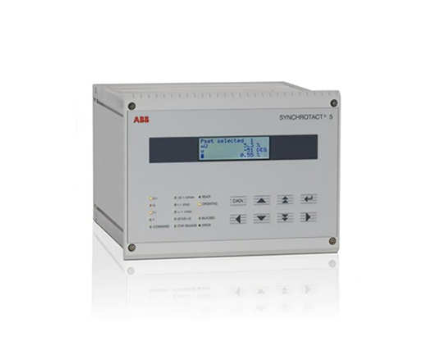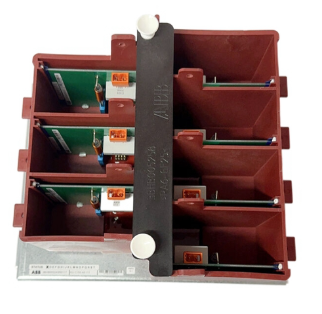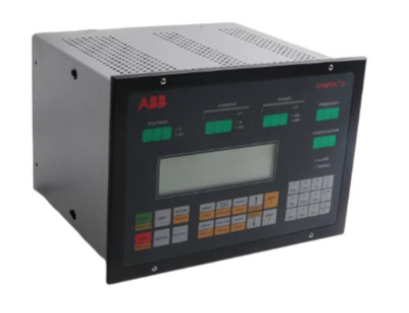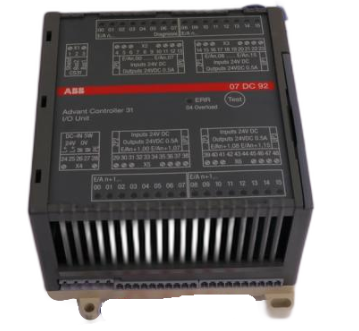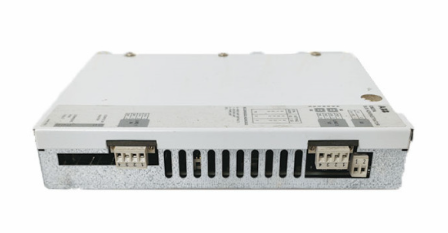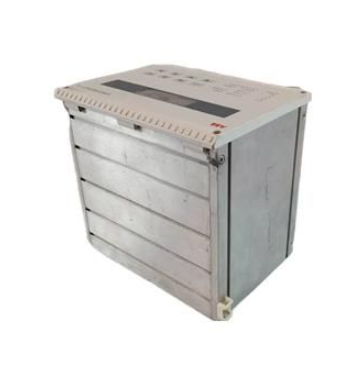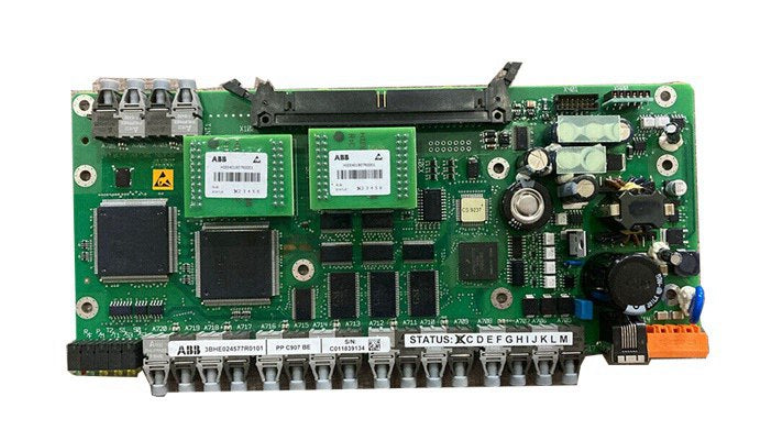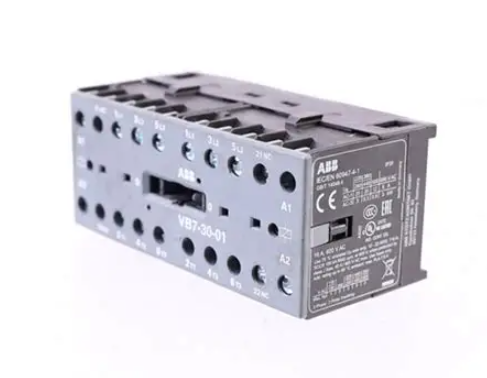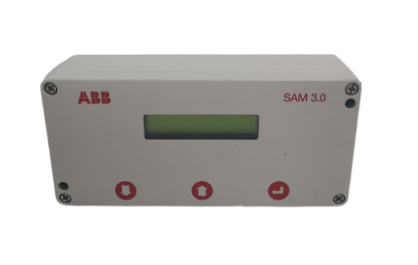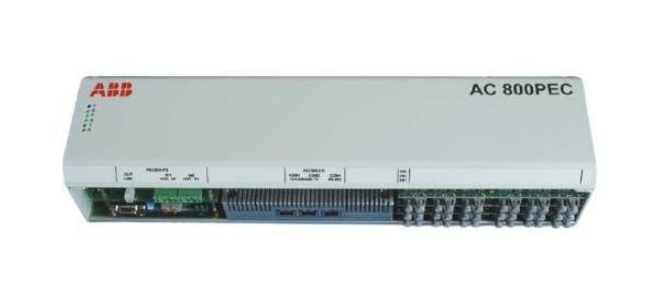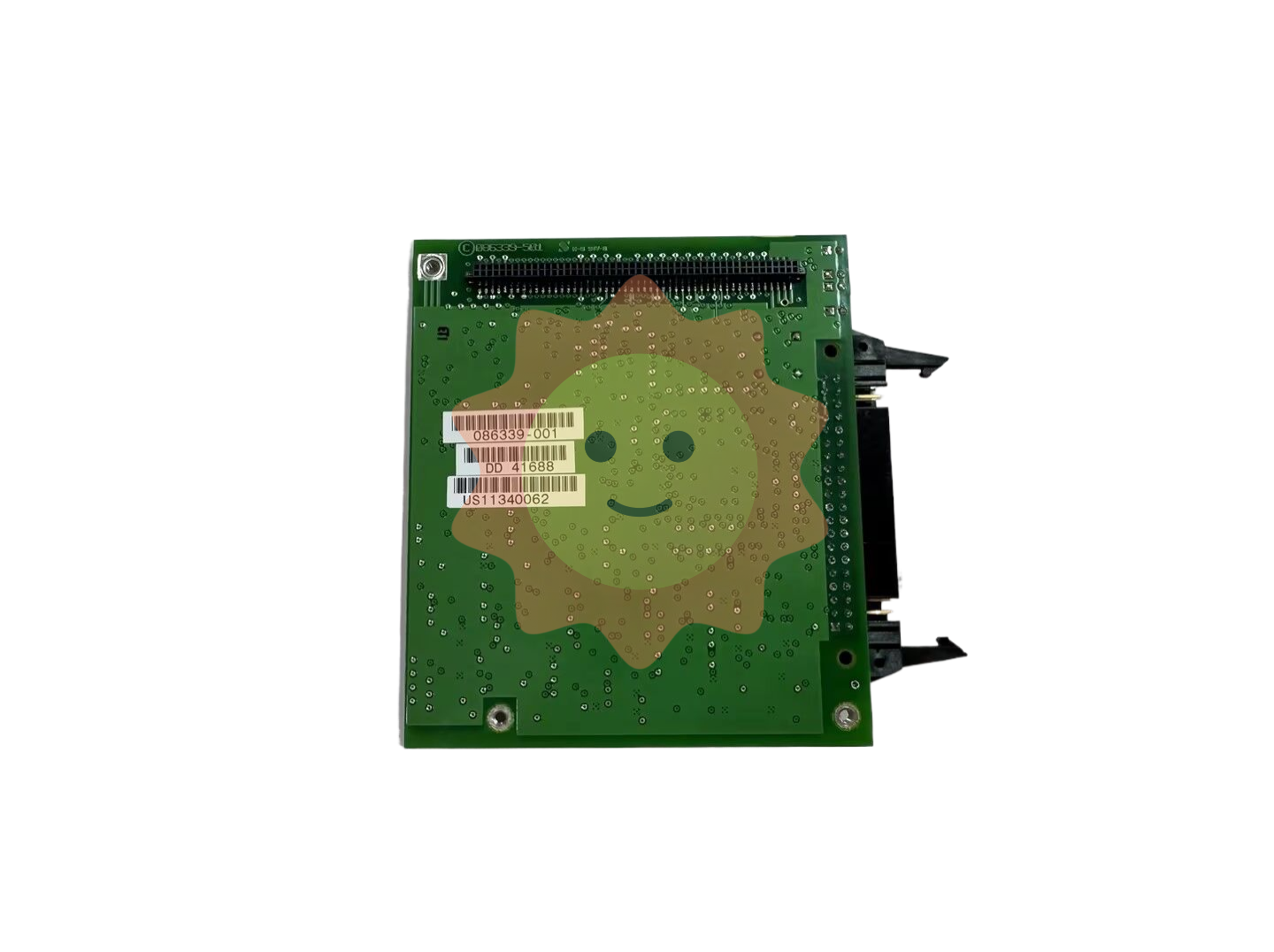Xycom 81987-001/81987-001-D Universal I/O Board
Physical characteristics
Size specifications: Adopting a compact exterior design, the dimensions are approximately 160mm long, 100mm wide, and 20mm thick, making it easy to install inside industrial control cabinets or equipment with limited space. The compact size not only saves installation space, but also improves the compactness and aesthetics of system integration.
Installation method: Supports standard DIN rail installation, which can be easily and quickly installed on the rails of industrial control cabinets. The installation and disassembly process is simple, and it is easy to maintain and replace. At the same time, the board also provides screw fixing installation holes, and suitable installation methods can be selected according to actual needs to ensure that the board is installed firmly and reliably.
Circuit board material: The circuit board is made of high-quality glass fiber reinforced epoxy resin (FR-4) material, which has good electrical insulation performance, mechanical strength, and flame retardant properties. This material can effectively prevent electrical short circuits from occurring on the circuit board during operation, improving the durability and reliability of the circuit board. In harsh industrial environments such as high temperature, high humidity, and high dust, FR-4 material circuit boards can maintain stable performance and ensure the normal operation of the board.
Core functions
Data collection and processing: Real time collection of the operating status and various parameter data of industrial field equipment through rich digital and analog input channels. The digital input channel can quickly obtain digital information such as switch status and position signals of the device, while the analog input channel can accurately collect analog data such as pressure, temperature, and flow rate. The board integrates high-performance data processing units internally, which can perform real-time processing and analysis of collected data, such as data filtering, linearization processing, range conversion, etc. The processed data can be transmitted to the upper computer or other control systems through a communication interface, providing accurate data support for production decision-making and equipment control.
Equipment control: Utilizing digital and analog output channels to achieve precise control of industrial equipment. The digital output channel can control the on/off of relays, solenoid valves, and other equipment according to system instructions, thereby achieving basic control functions such as start stop and forward/reverse rotation of the equipment. The analog output channel achieves precise adjustment of equipment operating parameters by outputting continuously changing analog signals, adjusting the opening of regulating valves, the output frequency of frequency converters, etc. In industrial automation production lines, this board can collaboratively control the operation of multiple devices according to production process requirements, ensuring the efficient and stable operation of the production line.
Communication and networking: With the help of communication interfaces such as RS-232, RS-485, and Ethernet, communication and networking functions with other devices can be achieved. Through communication protocols such as Modbus RTU, data exchange can be carried out with devices such as PLCs, smart meters, sensors, etc., to build a distributed industrial control system. The existence of Ethernet interfaces enables the board to easily access enterprise networks, achieve communication with remote servers or upper computers, and facilitate remote monitoring and management of industrial production processes. Through communication and networking functions, industrial equipment scattered in different locations can be connected into an organic whole, achieving data sharing and collaborative work, and improving the intelligence level of industrial production.
Fault diagnosis and alarm: With comprehensive fault diagnosis and alarm functions, it can monitor the working status of the board itself and the signal situation of each channel in real time. Multiple fault detection circuits are installed inside the board, which can monitor power supply voltage, signal input and output status, communication links, etc. in real time. When abnormal situations are detected, such as power failure, channel short circuit or open circuit, communication interruption, etc., the board will immediately trigger an alarm mechanism to notify the operator through flashing indicator lights, outputting alarm signals, and other means. At the same time, the board will also store fault information in internal registers, making it convenient for maintenance personnel to troubleshoot and repair faults. The existence of fault diagnosis and alarm functions can effectively improve the reliability and maintainability of industrial control systems, reduce equipment downtime, and lower production losses.
Working principle
When the Xycom 81987-001/81987-001-D Universal I/O Board is connected to an industrial control system, it first collects the switch status signals of external devices through its digital input channel, and collects the analog signals output by sensors through its analog input channel. These input signals are preprocessed through interface circuits such as level conversion and filtering, and then transmitted to the data acquisition module inside the board. The data acquisition module converts analog signals into digital signals, performs preliminary processing on the digital signals, and then transmits the processed data to the data processing unit.
- EMERSON
- Honeywell
- CTI
- Rolls-Royce
- General Electric
- Woodward
- Yaskawa
- xYCOM
- Motorola
- Siemens
- Rockwell
- ABB
- B&R
- HIMA
- Construction site
- electricity
- Automobile market
- PLC
- DCS
- Motor drivers
- VSD
- Implications
- cement
- CO2
- CEM
- methane
- Artificial intelligence
- Titanic
- Solar energy
- Hydrogen fuel cell
- Hydrogen and fuel cells
- Hydrogen and oxygen fuel cells
- tyre
- Chemical fiber
- dynamo
- corpuscle
- Pulp and paper
- printing
- fossil
- FANUC
- Food and beverage
- Life science
- Sewage treatment
- Personal care
- electricity
- boats
- infrastructure
- Automobile industry
- metallurgy
- Nuclear power generation
- Geothermal power generation
- Water and wastewater
- Infrastructure construction
- Mine hazard
- steel
- papermaking
- Natural gas industry
- Infrastructure construction
- Power and energy
- Rubber and plastic
- Renewable energy
- pharmacy
- mining
- Plastic industry
- Schneider
- Kongsberg
- NI
- Wind energy
- International petroleum
- International new energy network
- gas
- WATLOW
- ProSoft
- SEW
- wind
- ADVANCED
- Reliance
- YOKOGAWA
- TRICONEX
- FOXBORO
- METSO
- MAN
- Advantest
- ADVANCED
- ALSTOM
- Control Wave
- AB
- AMAT
- STUDER
- KONGSBERG
- MOTOROLA
- DANAHER MOTION
- Bently
- Galil
- EATON
- MOLEX
- Triconex
- DEIF
- B&W
- ZYGO
- Aerotech
- DANFOSS
- KOLLMORGEN
- Beijer
- Endress+Hauser
- MOOG
- KB
- Moxa
- Rexroth


Email:wang@kongjiangauto.com



